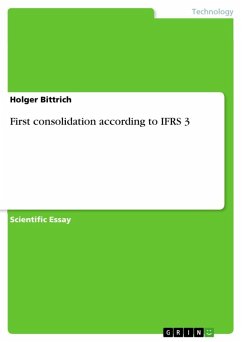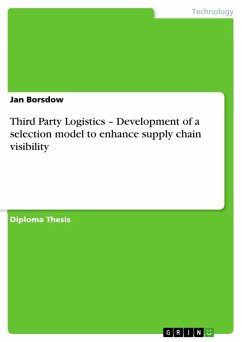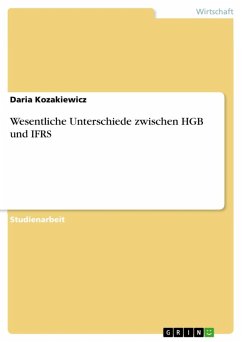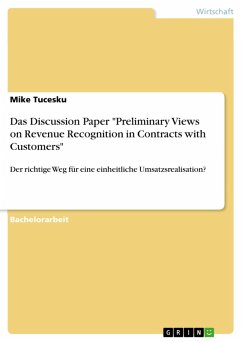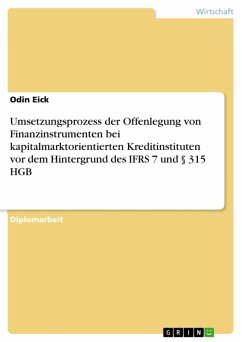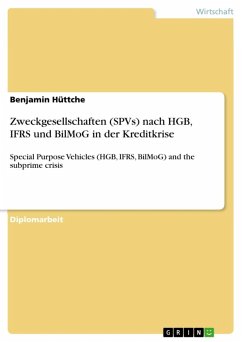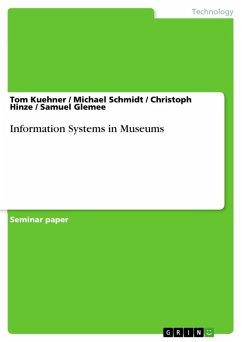Scientific Essay from the year 2009 in the subject Engineering - Industrial Engineering and Management, grade: keine, , language: English, abstract: As already described only those assets and liabilities are to be shown in the course of a business combination which fulfil the criteria of IFRS 3 on the acquisition date. Assets and liabilities are recorded in their entirety at fair value, independent of the participation ratio of the parent company. For this reason the method is also described as complete revaluation. The part of goodwill that relates to minority shareholders is always excepted from the capitalisation according to IFRS 3. However, in 2005 IASB suggested bringing the full goodwill onto the balance sheet i.e. not to eliminate the minority portion (so-called full goodwill method). With this method of complete revaluation as per IFRS 3 the net identifiable assets, over which the acquirer has obtained control, result from the fair values at the time of acquisition, i.e. at the time at which the acquirer obtained control independent of whether the purchaser acquired the entire capital, only a part of the capital or even just the net assets of the subsidiary company. For the minority interests an adjustment item has to be recorded in this case. The adjustment item corresponds to the portion, at fair value, that these shareholders have of the net assets and debts.
Dieser Download kann aus rechtlichen Gründen nur mit Rechnungsadresse in A, B, BG, CY, CZ, D, DK, EW, E, FIN, F, GR, HR, H, IRL, I, LT, L, LR, M, NL, PL, P, R, S, SLO, SK ausgeliefert werden.

